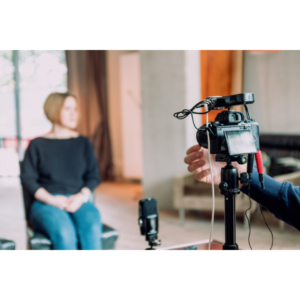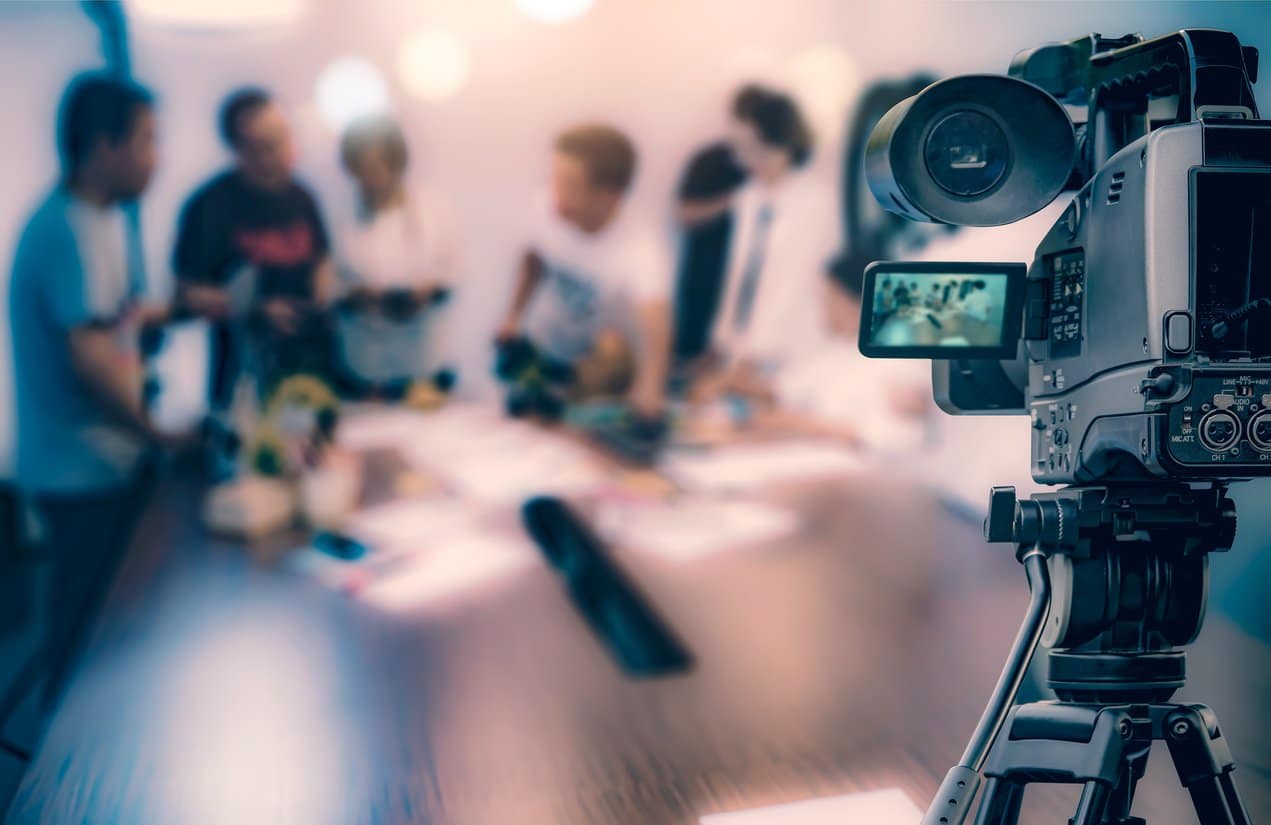The Function of Legal Videography in Depositions and Trials
Legal videography has arised as a vital tool in both depositions and tests, supplying a diverse approach to recording witness statements. As legal specialists progressively recognize its value, it prompts a much deeper exam of exactly how these visual documents can influence juror perceptions and test outcomes.
Significance of Legal Videography
Legal videography plays an essential duty in the documents and presentation of depositions and tests. This specific area incorporates technological abilities with legal knowledge to produce a trusted document of process that can considerably influence case end results. The visual element of legal videography boosts the understanding of witness statement, permitting jurors and courts to observe not only the spoken words yet likewise the demeanor, emotions, and body movement of the witnesses.

The relevance of lawful videography prolongs past the courtroom; it also plays an essential duty in maintaining proof for future recommendation, whether for appeals or more legal action. Its integration into the legal process is vital for making sure a fair and exact representation of the realities, inevitably adding to the pursuit of justice.

Process of Legal Videography
While recording the subtleties of depositions and trials, the process of legal videography involves several crucial actions that make sure high-grade, precise recordings. A professional legal videographer prepares by assessing the case products and comprehending the details needs of the deposition or test. This preparation includes familiarizing themselves with the participants and the context, which assists in recording essential information.
On the day of the recording, the videographer sets up the necessary equipment, which normally consists of high-def electronic cameras, microphones, and correct lighting. Making certain optimal angles and audio top quality is essential, as it straight impacts the performance of the recording. The videographer interacts with lawyers and individuals to establish methods, making sure that everybody recognizes the recording procedure.
During the deposition or trial, the videographer meticulously records the procedures, paying very close attention to both verbal and non-verbal signs. legal videography. This includes capturing the disposition and reactions of witnesses and attorneys. After the session concludes, the videographer may edit the footage for quality and compliance with legal requirements, generating an end product that precisely mirrors the procedures for future reference and use in lawful contexts
Benefits in Depositions
The unification of videography in depositions uses many benefits that boost the overall process of gathering proof. One moved here key benefit is the capacity to capture witness testimonies with aesthetic and auditory integrity, providing an extra exact representation of the witness's demeanor, tone, and body movement. This multidimensional method permits lawyers and courts to analyze integrity more effectively than conventional written transcripts alone.
Furthermore, videographed depositions work as an effective tool for preserving testament. Ought to a witness become unavailable for test, their videotaped deposition can be played in court, ensuring that their evidence continues to be available and relevant. This facet considerably lowers the risk of shedding crucial information that might impact situation end results.
Additionally, the use of lawful videography advertises much better prep work for lawyers. Reviewing video footage enables lawful groups to evaluate and improve their methods, recognizing staminas and weak points in their situations. This preparatory benefit can lead to even more engaging presentations in court.
Finally, videography enhances the total professionalism and reliability of the deposition procedure, instilling confidence in customers relating to the thoroughness of their legal representation. By leveraging modern technology, attorneys can significantly boost the efficiency of depositions.
Effect On Tests
In many tests, the integration of videography can considerably influence the discussion of evidence and the jury's understanding. Lawful try this website videography records witness testimonies and critical proof in a vibrant style, enabling jurors to engage with the product on multiple levels. This aesthetic component boosts the storytelling element of a test, supplying context and emotional resonance that standard text-based evidence may do not have.
Moreover, video clip recordings can act as powerful devices for impeachment throughout cross-examination. When disparities occur in between a witness's previous statements and their court testimony, video clip evidence supplies an objective referral that can persuade jurors' viewpoints. This immediacy and clarity can reinforce the reputation of an event's narrative while simultaneously undermining opposing arguments.
Additionally, making use of videography can aid streamline complicated information, making it much more available to jurors who may have a hard time to understand complex details provided only with verbal testimony. By integrating visuals with acoustic information, lawful videography can enhance retention and understanding, inevitably influencing the court's decision-making process. The influence of videography in trials extends beyond plain looks; it plays an essential role in shaping the legal landscape and results.
Future Trends in Legal Videography
As we look toward the future of lawful videography, a number of emerging fads assure to reshape its function within the court. One considerable fad is the assimilation of expert system (AI) in video clip evaluation and modifying - legal videography. AI can streamline the procedure of determining essential minutes in taped depositions, allowing attorneys to promptly access relevant material, thereby improving performance in instance preparation
In addition, the rise of digital truth (VIRTUAL REALITY) and enhanced reality (AR) Click Here innovations is expected to change how jurors experience proof. By submersing jurors in a substitute setting, these technologies can give an extra profound understanding of complicated situations, bring about more educated deliberations.

Moreover, the raising need for remote depositions, increased by the COVID-19 pandemic, will likely continue. Legal videographers will certainly require to adapt to new software application and platforms to ensure high-quality recordings in digital setups.
Last but not least, the expanding focus on data security will certainly demand more stringent methods for keeping and sharing video proof. As the legal landscape evolves, legal videographers need to stay abreast of these fads to maintain their importance and effectiveness in the judicial procedure.

Conclusion
In summary, legal videography serves a vital function in the judicial process, enhancing the stability of depositions and trials. As innovation proceeds to evolve, lawful videography is positioned to further change its duty within the legal landscape.